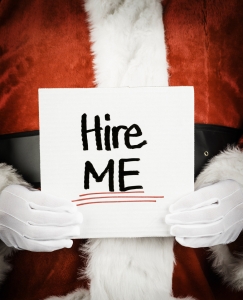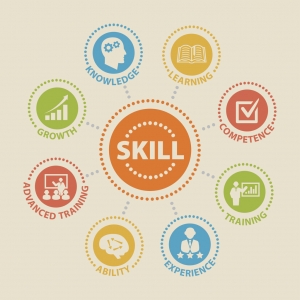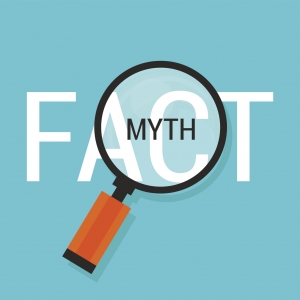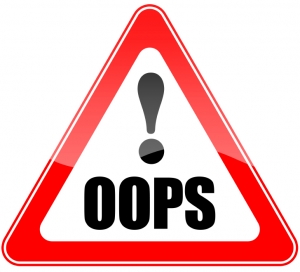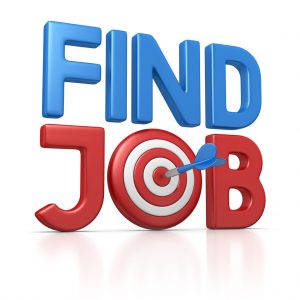Join our online community and be inspired to achieve your goals!
VIEW OUR FACEBOOK PAGEHow to use your downtime to boost your job search

Here are seven things you can do to supercharge your job search.
- Research your options: Review job ads on sites such as Seek and LinkedIn. Seeing what is out there now will help you tailor your approach and perhaps you’ll identify new areas of interest. Play around with search options using different titles, industries and keywords. Open your search out to other locations or industries. While you may not find exactly what you’re looking for, some positions will be a close match. Read relevant ads to understand requirements. This will help you decide what’s important to include in your application and determine if you have any major skills gaps that you need to think about how to address.
- Get organised: Use your downtime to establish automated job searches, identify relevant recruiters, update your application materials (see tip 4 for more on this) and enhance your online presence. Having these things in place will help you stand out from other candidates when it’s time to apply. For tips on developing a structured job search strategy that helps you connect with recruiters and employers, read our previous article, ‘Winning Job Search Strategies’ and start planning.
- Understand the hidden job market: Many available jobs are never advertised, so accessing the hidden job market is an important piece of the puzzle. The key here is building your networks. Establish connections via LinkedIn with recruiters and others in your industry – create a standard pitch that explains why you want to connect and what you can offer. Start building your profile through LinkedIn Groups and contribute to discussions. Write a list of companies you’d like to work for, visit their careers pages and follow them on social media.
- Update your application materials: This includes your resume, cover letter and LinkedIn profile. Our career advice blog is packed with tips on writing a great resume that will get you noticed. We also recommend writing a customised cover letter for every job you apply for, which addresses as many job requirements as possible. Use this time to prepare generic cover letters and/or paragraphs that can be modified to suit specific roles. Many recruiters use LinkedIn to find candidates, so optimise your profile with keywords, so you can be found. Include a current professional photo and try to complete every section. Use your headline to grab attention with career-focused keywords that capture your value. Don’t waste your Summary (About section) – use it to highlight your key skills, experience and strengths, and create a picture of who you are and what you have to offer.
- Prepare for interviews: Many job seekers make the mistake of not preparing for the interview. Use your downtime to brainstorm potential questions and think about examples that demonstrate how you have handled different work situations. Having a bank of examples to draw on will increase your confidence and improve your performance. To help you formulate your examples, read our article about using the STAR approach. You can also find numerous articles on preparing for an interview, as well as our ‘How to answer’ series, which looks at common interview questions.
- Build your network: Connecting with existing and new contacts is a powerful way to uncover work opportunities. While now might not be the best time to reach out to everyone, you can use the time to plan how you could grow your network when it feels right. For example, you might draft emails that can be sent later, write a list of people to call, learn how to use LinkedIn more effectively and research face-to-face and online networking groups you could join.
- Assess your social media: Many recruiters and employers research candidate’s social media pages as part of their screening, so ensure your privacy settings are appropriate. Also ensure your feed content won’t hurt your chances of securing an interview if viewed by a recruiter.
There is no doubt we will experience changes to the Australian job market because of COVID-19. Despite the uncertainty around what job opportunities may be available in the future, it is important to understand the skills you have built in past jobs and how this experience equips you to work in a range of different jobs you may not have previously considered. Take advantage of the quieter time to get organised and develop a winning job search strategy, so you’ll be ready to go when the time comes!
Do you need help developing a standout resume, detailed job search strategy or professional LinkedIn profile? Perhaps you’d like to work on your interview skills? See our Resume Writing, Job Search Coaching and Interview Training services to find out more.
